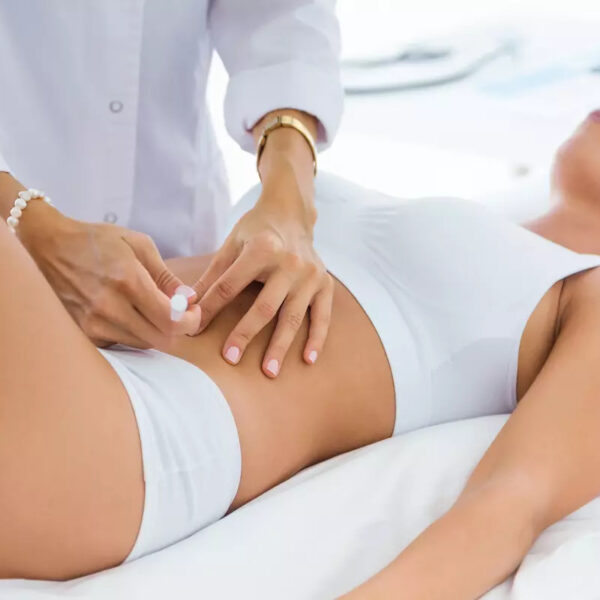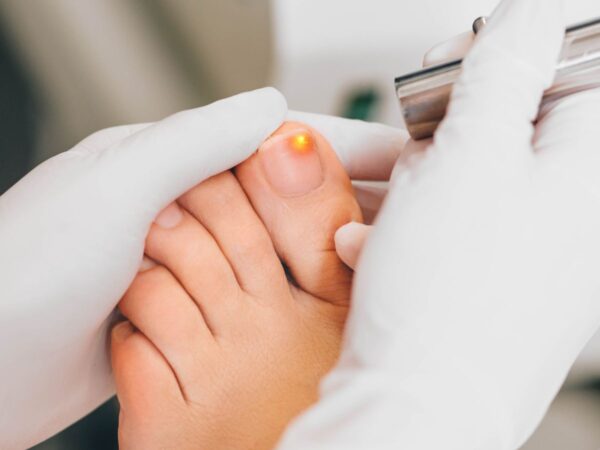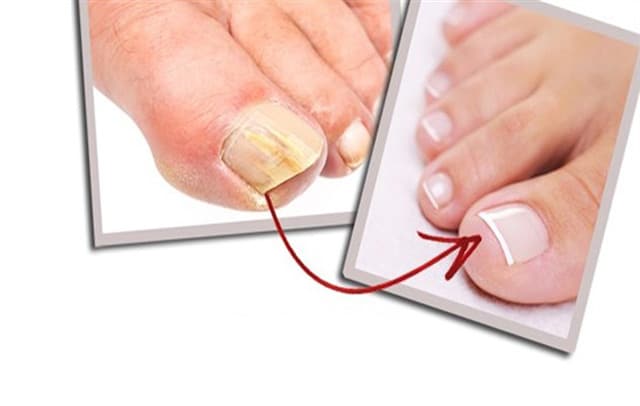What is onychomycosis?
Do we need any laboratory tests before starting treatment?
Mycological control should in any case precede the treatment to avoid unnecessary administration of oral antifungal drugs. This is because there are dermatological diseases such as psoriasis, alopecia areata, eczema and congenital onychodystrophy with a clinical picture similar to onychomycosis, so a differential diagnosis must be made.
Classic onychomycosis treatments
Locally applied medicated nail varnishes (cyclopyroxolamine, amorolfine) are most often not sufficient because the fungus is also deep in the matrix and the nail bed, i.e. under the nail. To be able to get there, the drug (itraconazole, terbinafine, fluconazole) must be administered orally (pill or syrup) and indeed for a long period of 4-6 months (due to the slow rate of nail growth). The problem is that patients with liver or kidney disease may be significantly burdened by such a long-term treatment. Oral drug therapy is also not approved for the treatment of onychomycosis in children.
Before & After Treatment
You can see the course of each treatment in the slider below. By pressing the arrows at the bottom you can see the result per session

First session
At vero eos et accusamus et iusto odio dignissimos ducimus qui blanditiis praesentium voluptatum deleniti atque corrupti.

Second session
At vero eos et accusamus et iusto odio dignissimos ducimus qui blanditiis praesentium voluptatum deleniti atque corrupti.

Third session
At vero eos et accusamus et iusto odio dignissimos ducimus qui blanditiis praesentium voluptatum deleniti atque corrupti.
The evolution in the treatment of onychomycosis with the use of laser
Today we have the possibility to use a specialized laser for the treatment of onychomycosis and especially those caused by T. Rubrum. This is Q-Switched NdYAG 1064/532 nm which has very good penetration through the nail, so it treats the fungus that is under the nail without causing damage to the nail surface or the periungual (the skin around the nail ). It is a drug-free (non-toxic) treatment that can be applied to all skin types-colors. The treatment is painless and does not even require local anesthesia. It only takes 15-20 minutes and the patient resumes his activities immediately after. Usually 2-3 sessions are required which are done per month. After treatment we do not expect the nail to clear immediately (even if the fungus has been successfully treated). The treatment is considered successful when we see the new nail that is growing is healthy.
The result is achieved gradually, so there is no lack of relaxation in the area. Usually 3 sessions are required (with a maximum of 6 sessions) which take place every 6 weeks. The cost of each session is 80 euros.
For an even better result we suggest the above lipolysis treatment to combined with Strikecell surface mesotherapy which impart hydration, firming and radiance to the overall improvement of the skin's surface. Recommended scheme of 3 sessions, which take place per month. Cost of each treatment 50 euros.
But it's important to remember that just like liposuction, injections only treat fat. They will not heal excess skin, so the skin in the area must have enough elasticity to bounce back after the fat is dissolved.
Before undergoing deoxycholic acid treatments, the doctor must evaluate and determine if the problem is the fat deposition and that by removing it there will be no problem with skin laxity (patients who do not have good breaking, elasticity and recovery on their skin are not good candidates for the treatment).
"Today we have the possibility for an innovative treatment. This innovative treatment with the Qclear laser of the American company Lightage is a treatment that is certified by the FDA for the safety and effectiveness of the treatment. It is a solution which is easy, without taking drugs and without any pain for the patient. We can use the laser to pass under the nail where the fungus lives in the matrix of the nail, in the area where the new nail is produced and eliminate the fungus colonies. 2 to 3 sessions are required which take place over a period of one month and are also very effective. Of course, the result will take a while to be seen, because it takes 6 months to completely renew the fingernail and 12 for the toenail. But from the very first session we see a nail that grows strong and healthy."


